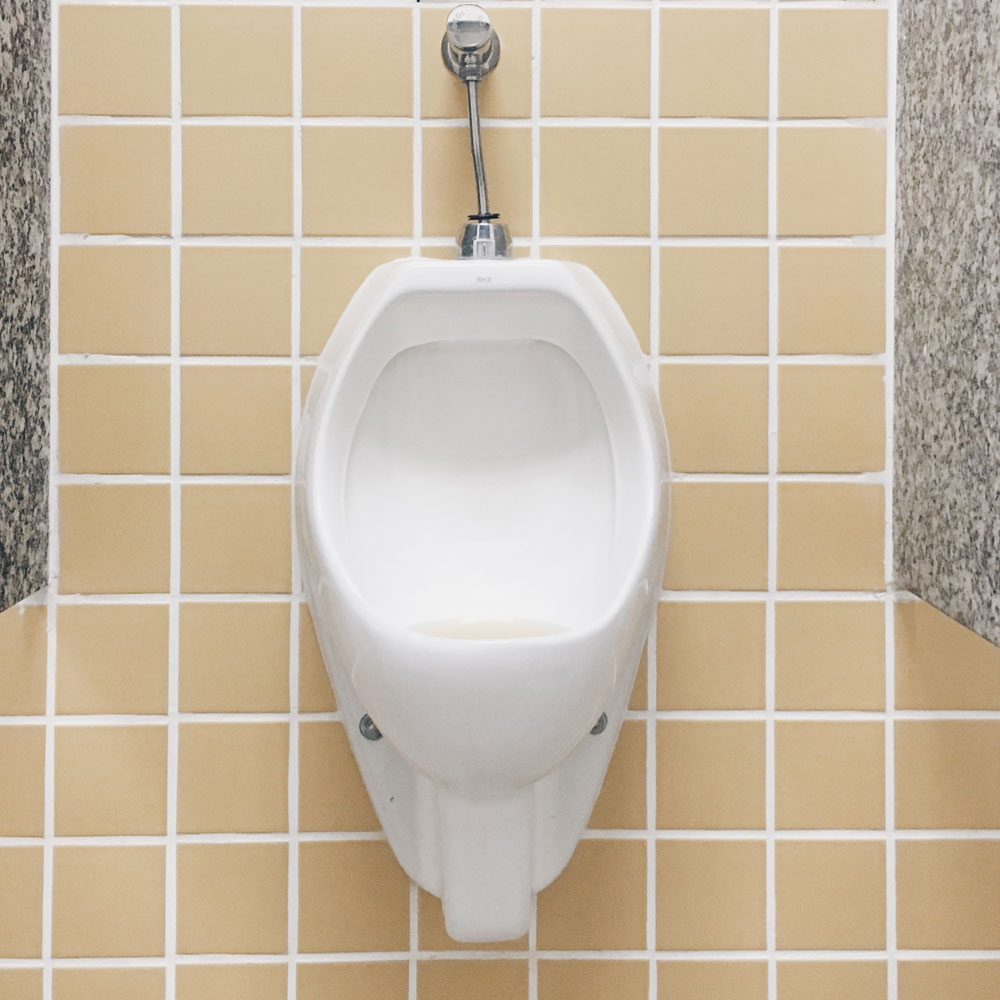Wishlist
Your chosen product(s) can be sent to us for further information, such as pricing. A copy will also be sent to yourself, too.
- No products added
Your chosen product(s) can be sent to us for further information, such as pricing. A copy will also be sent to yourself, too.
Required fields marked *

How it all began
According to legend, a Roman centurion is the reason why we have urinals. Caught short on the way back home from duty, he relieved himself in a culvert which unknown to him at the time supplied fresh water into the town. Bet that went down well with the locals!
Many, many years later the urinal that we are familiar with today was patented by Andrew Rankin on the 27th March, 1866 in America after the Civil War.
The different sorts of urinals present today
Manual Handles
These urinals are common in America and each urinal features a short lever or button to active the flushing system with the hope and expectation that users flush before they leave! This system is the considered the most efficient, however a lot of users refrain from flushing due to the fear of germs on the handle. In high traffic areas, there are urinals with foot-activated flushing systems where a button is set into the floor or a pedal set on the wall located at ankle height.
Some urinals are now equipped with new more efficient dual flush handles which save water by offering users the option to push up for a smaller flush with less water usage. Pushing down the flush activates a full normal flush.
Timed Flush
Whilst manual handles are common in America, they are unusual in other parts of the world. The UK, France, Germany, Republic of Ireland, Finland, Hong Kong and some areas in Sweden instead have a timed flush system in place. This sort of flush is operated automatically at regular intervals. Groups of urinals are connected to a central system and a single overhead cistern which will release the water and flush all the urinals.
This though does come with a downside for urinals that are not used frequently as the automatic flushing will still happen. However, when manual flushes were added to some urinals in these countries, they were not used but not due to hygiene fears or laziness, but because flushing at a urinal is not habitual.
To get around the wasting of water when not in use, some urinals are connected to the main light switch which goes off when there is no activity in the toilet – both saving water and energy.

Automatic Flush
A passive infrared sensor identifies when urinals have been used by detecting someone standing in front of it on automatic flushing urinals. There is also normally an override button which enables users to manually flush if needed. To be efficient, automatic flushing urinals will only activate when someone has been stood in front of it for more that five seconds, ensuring that the flush isn’t trigger by someone just walking by. The flush mechanism also waits for the user to move away from the urinal before activating the flush so save any unwanted splash back!
Door Activated Flush
This flushing system is slightly more out of date now, but is still found in some toilets. The flush is activated when a public toilet has been used and someone is exiting the toilet, due to a switch mounted on the door frame which is depressed when the door is opened. Although the switch has no way of knowing which urinal has been used and therefore activates the flush in all urinals, it is still considered a way to save water as it isn’t flushing even when no one is present.
You can choose to view the North American version of the site or remain on the EMEA version by choosing one of the options below.
Let us help you choose the product that fits your needs.